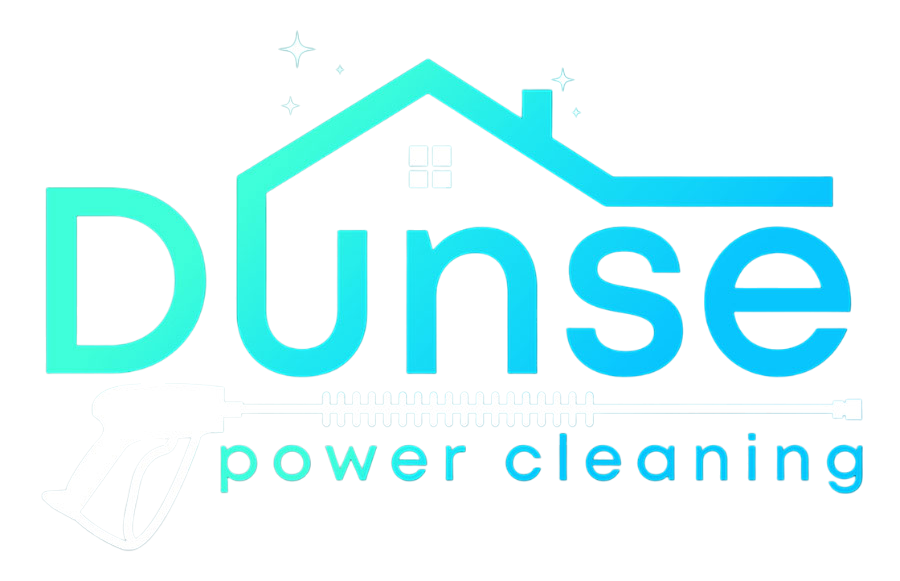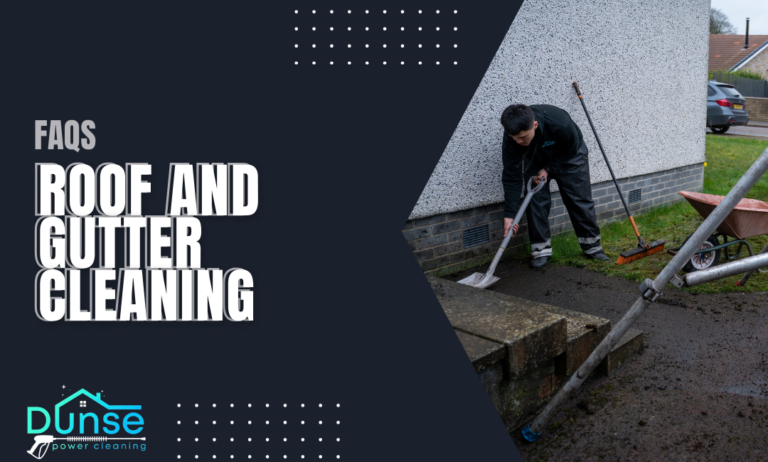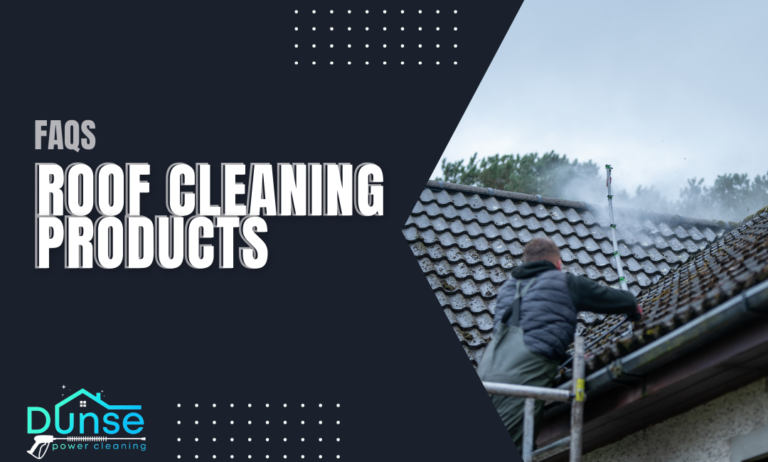Understanding Soft Washing vs. Power Washing
Understanding soft washing vs. power washing. When it comes to exterior cleaning methods, soft washing and power washing are two commonly used techniques. Each method serves a different purpose and is suitable for different surfaces. Choosing the right technique can significantly impact the results and the longevity of the surfaces being cleaned. In this blog post, we will explore the differences between soft washing and power washing to help you understand which method is best for your home.
What is Power Washing?
Power washing, also known as pressure washing, involves using a high-pressure water spray to remove dirt, grime, and other unwanted materials from surfaces such as driveways, sidewalks, decks, and home exteriors. This technique is ideal for tough, durable surfaces like concrete, brick, and stone. The high pressure of the water can effectively blast away embedded dirt and stains, making it a popular choice for exterior cleaning projects.
- Benefits:
- Effective Cleaning: Removes deep-seated dirt and stubborn stains.
- Efficiency: Quickly cleans large areas.
- Versatile: Suitable for a variety of hard surfaces around the home.
What is Soft Washing?
Soft washing, on the other hand, employs a gentler approach using a lower-pressure water spray combined with biodegradable cleaning solutions. This method is designed to clean more delicate surfaces like shingles, roofs, wood, and vinyl siding without damaging them. The cleaning agents used in soft washing break down organic matter like algae and mold, which are then rinsed away with the low-pressure water.
- Benefits:
- Gentle on Delicate Surfaces: Prevents damage to soft materials that cannot withstand high-pressure washing.
- Thorough Cleaning: Effectively kills mold, mildew, and algae without dislodging the material itself.
- Extended Protection: The use of cleaning solutions not only removes contaminants but also helps to protect against future buildup.
Key Differences Between Soft Washing and Power Washing
Understanding these differences can help you decide which method is best for your home:
- Pressure Level
- Power Washing: Uses high-pressure water (typically 2,000 to 3,500 psi) to clean hard surfaces effectively.
- Soft Washing: Employs low-pressure water (around 200 to 400 psi) combined with chemical solutions.
- Suitable Surfaces
- Power Washing: Best for hard, durable surfaces like driveways, sidewalks, and exterior walls.
- Soft Washing: Ideal for more delicate materials such as roofs, wood siding, and painted surfaces that could be damaged by high pressure.
- Cleaning Agents
- Power Washing: Primarily uses plain water or a mixture of water and a cleaning solution, focusing on the pressure to remove dirt.
- Soft Washing: Utilizes a blend of biodegradable cleaners, algaecides, and disinfectants to break down and remove organic material from surfaces.
- Applications
- Power Washing: Suitable for areas with heavy grime and dirt build-up such as driveways, patios, and sidewalks.
- Soft Washing: Perfect for softer surfaces that may be susceptible to damage from high-pressure water, like roofs, siding, and delicate painted areas.
Choosing between soft washing and power washing depends largely on the type of surface you need to clean. Power washing is ideal for durable, hard surfaces that can withstand high pressure, while soft washing is best for delicate materials that require a gentler touch. Understanding these differences ensures you select the right method for optimal results and the preservation of your property’s surfaces. For more information, visit our homepage, explore our services, connect with us on Facebook, or contact us today.





